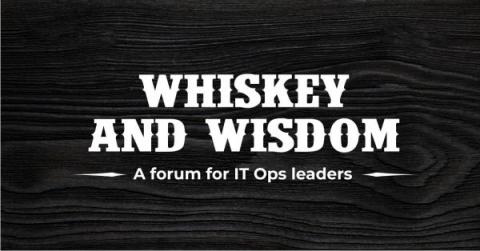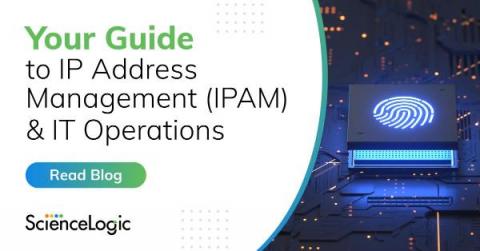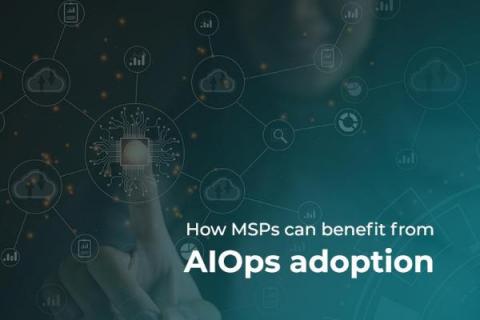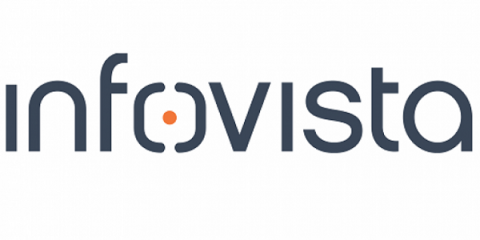Overheard at Bamboo Lounge: Making sense of IT Ops KPIs
Every IT Ops team uses key performance indicators (KPIs) to track metrics that keep them accountable, improving, and contributing to long-term success. But it’s easy for teams to lose sight of what KPIs to use, how many they should use, and how to derive meaning from them. To shed light on what constitutes a meaningful KPI, Sterling Nostedt, BigPanda’s Value and Adoption advisor, hosted a community conversation which spanned across multiple industries.











